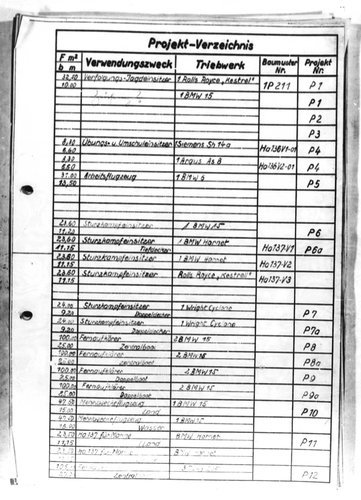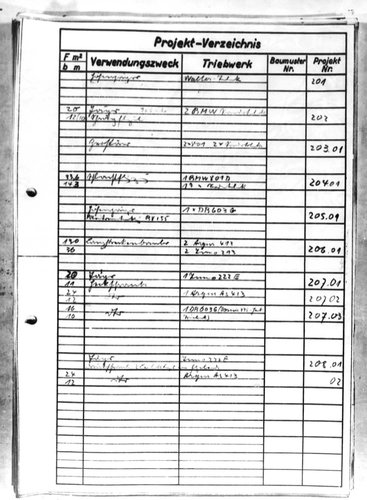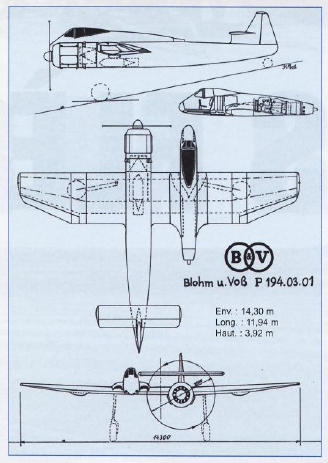- Joined
- 26 May 2006
- Messages
- 34,911
- Reaction score
- 15,788
OK my dear Dan,
my point is there was many and a lot of reports lost,and we can judge only on one source,for example,
Messerschmitt had a P list,we can see a gaps from P.1021 to P.1050,they were unknown,but they were
really existed.
my point is there was many and a lot of reports lost,and we can judge only on one source,for example,
Messerschmitt had a P list,we can see a gaps from P.1021 to P.1050,they were unknown,but they were
really existed.



